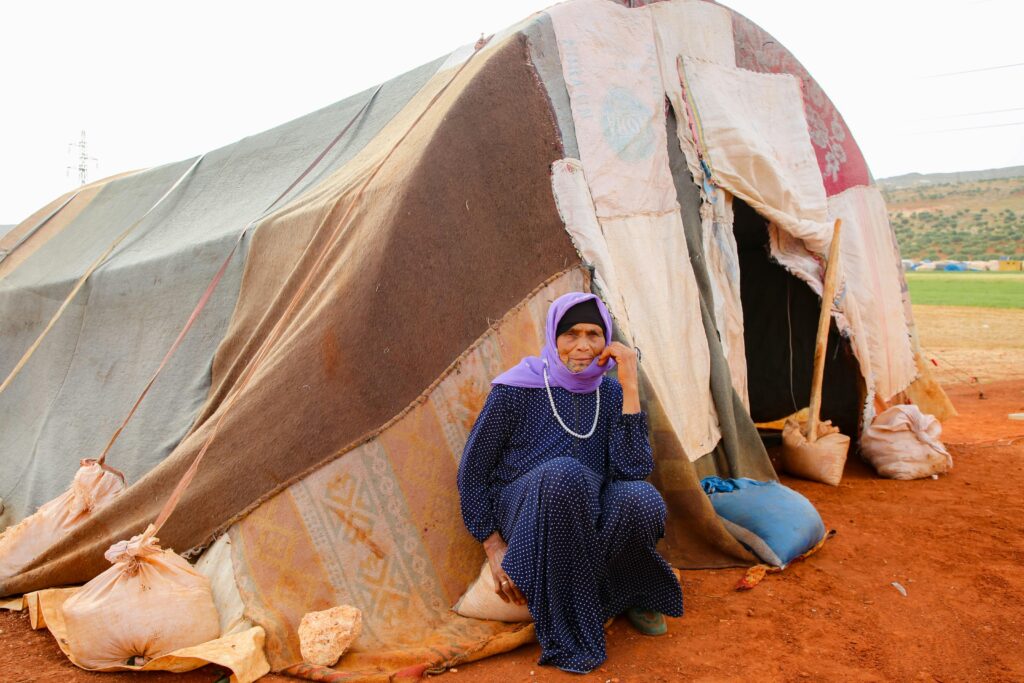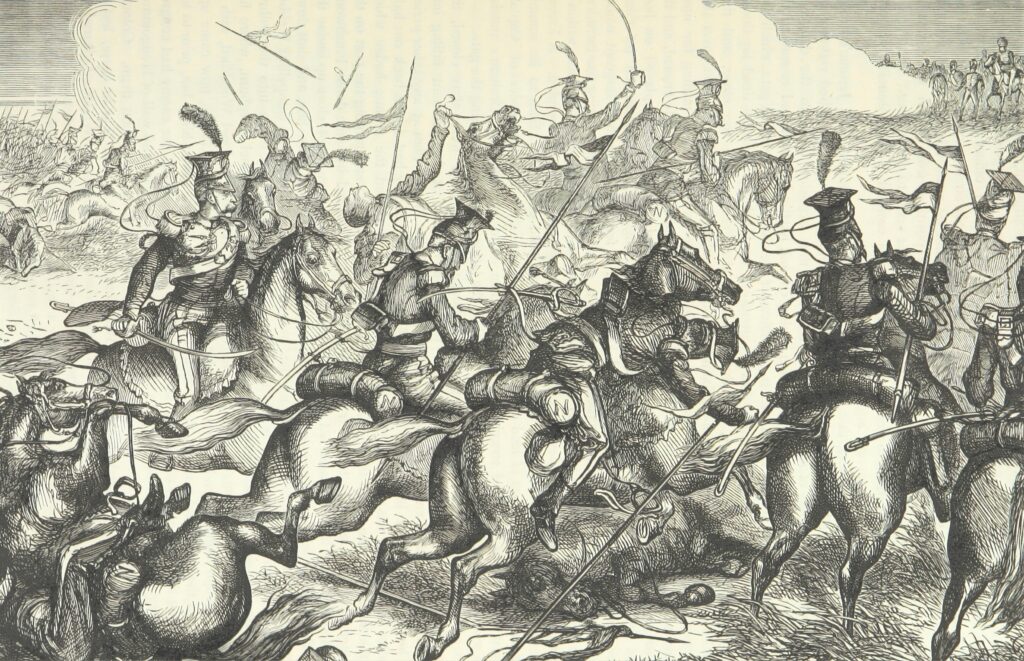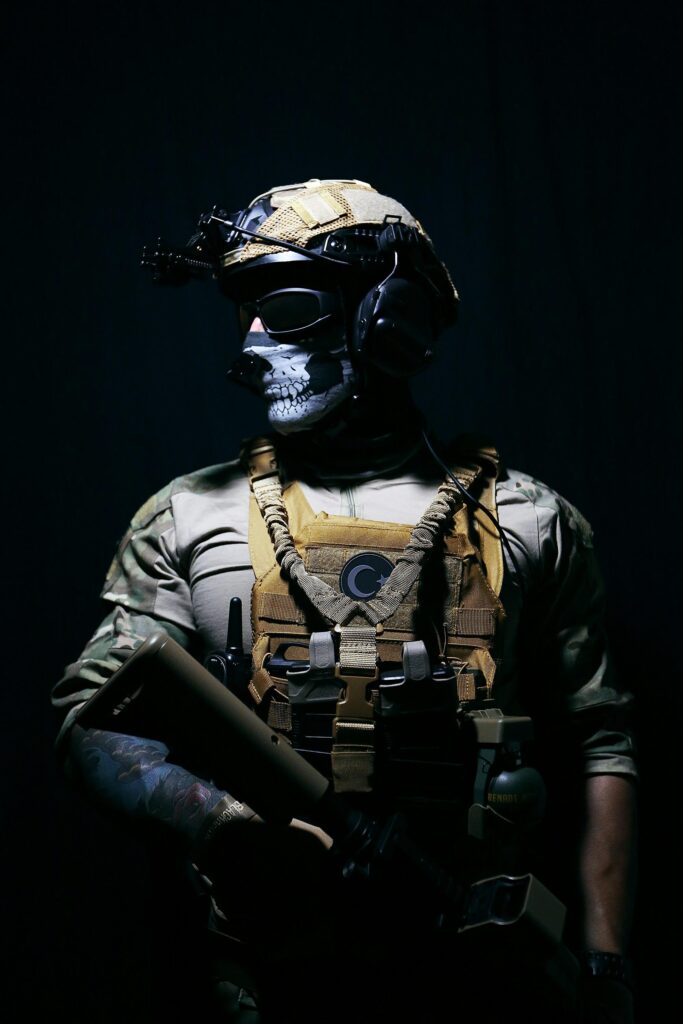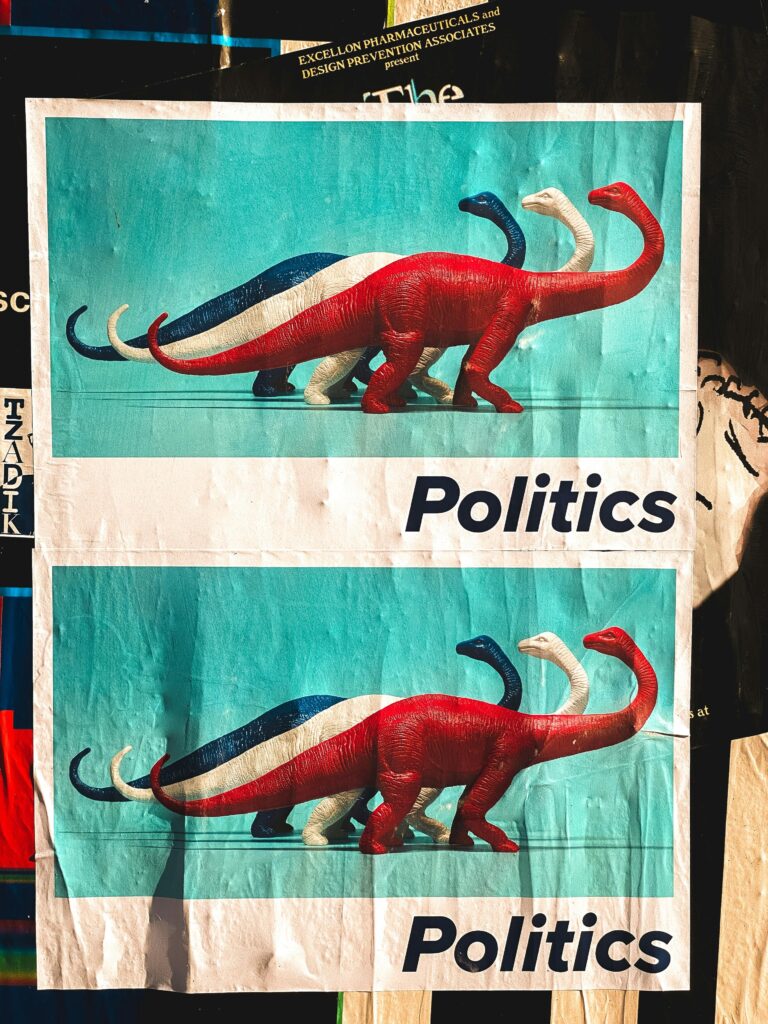War is often seen as a distant event—something that happens across borders, on battlefields far away. Yet, its impact extends far beyond the front lines, deeply influencing the everyday lives of people back home. When nations face conflict, the ripple effects can shape domestic policies in profound and lasting ways. From shifts in economic strategies to changes in civil liberties and social programs, the interplay between war and governance offers valuable insights into how countries adapt under pressure. In this article, we’ll explore the multifaceted ways war shapes domestic policies and what that means for societies both during and after times of conflict.
Table of Contents
- How Conflict Influences Economic Strategies and Resource Allocation
- Understanding Shifts in Civil Liberties and Social Policies During Wartime
- The Role of Government Communication in Maintaining Public Support
- Recommendations for Balancing Security and Democratic Values in Policy Making
- In Conclusion
How Conflict Influences Economic Strategies and Resource Allocation
Wars often serve as powerful catalysts that reshape a nation’s economic priorities and the way resources are distributed. Governments tend to reorient fiscal policies to support the demands of wartime, frequently channeling funds into defense industries and military infrastructure at the expense of civilian sectors. This shift influences not just the scale of public spending but also the allocation of labor and capital towards areas deemed critical for national security. The urgency and unpredictability of conflict can accelerate innovation in technology and manufacturing but can also lead to unintended economic imbalances, such as inflation or shortages in everyday goods.
Additionally, the pressure of sustaining prolonged conflict forces policymakers to adopt stringent economic measures, including:
- Rationing essential commodities to manage scarcity and ensure equitable distribution among the population.
- Increased taxation or war bonds to finance military expenditures while attempting to maintain domestic economic stability.
- Centralized control over certain industries, prioritizing production related to defense and reducing surplus in non-essential sectors.
These strategies often have ripple effects that persist well beyond the end of hostilities, influencing post-war reconstruction, societal welfare programs, and long-term economic planning. Understanding this dynamic is crucial for appreciating how deeply intertwined conflict and economic policy truly are.
Understanding Shifts in Civil Liberties and Social Policies During Wartime
Throughout history, wartime often prompts governments to implement drastic changes, significantly impacting civil liberties and social policies. While security concerns can justify the imposition of restrictions, these measures sometimes encroach upon individual freedoms, sparking intense debates about the balance between safety and rights. Governments may introduce enhanced surveillance, curtail freedom of speech, and impose curfews or censorship in the name of national security. However, it’s crucial to recognize that such limitations can disproportionately affect certain communities, leading to unintended social fractures.
On the social policy front, wartime can accelerate reforms or create temporary programs aimed at stabilizing society and boosting morale. For instance, rationing systems, labor regulations, and welfare programs often see rapid development to address wartime necessities. Some of these changes, although initiated under duress, pave the way for long-lasting social advances. Key shifts often include:
- Expanded role of government in everyday life and economy
- Heightened focus on civil unity and patriotism
- Changes in labor laws including women’s increased participation in the workforce
- Temporary suspension or revision of certain rights to bolster security
The Role of Government Communication in Maintaining Public Support
Effective communication acts as the backbone of sustaining public morale and trust during times of war, directly influencing the domestic political landscape. Governments must carefully craft messages that not only inform but also unify the populace, addressing fears while promoting resilience. By transparently sharing objectives, progress, and challenges, authorities cultivate a sense of shared purpose that bolsters civic engagement and compliance with wartime measures. The consistency and tone of communication can either soothe social anxieties or amplify divisions, making strategic messaging an indispensable tool for maintaining national cohesion.
Several key elements are crucial in achieving this delicate balance:
- Clarity and Honesty: Clear, honest updates prevent misinformation and build credibility.
- Empathy: Recognizing public hardships fosters emotional connection and support.
- Inclusiveness: Engaging diverse communities ensures wider acceptance of policies.
- Adaptability: Responsive communication strategies can adjust to evolving wartime realities.
Through these approaches, government communication not only supports policy enforcement but also shapes the broader narrative, influencing how war impacts domestic unity and public confidence.
Recommendations for Balancing Security and Democratic Values in Policy Making
Striking a delicate equilibrium between national security and democratic freedoms demands conscious and transparent policy frameworks. Governments should prioritize inclusive dialogue with civil society and experts to ensure that security measures do not erode fundamental rights. Implementing periodic legislative reviews of security laws can help prevent the unintended creep of overreach, while maintaining accountability and adaptability to evolving threats. Moreover, embedding strong judicial oversight and independent watchdog agencies ensures that emergency powers are exercised responsibly and with respect for due process.
Building policies with an emphasis on both security and democratic values calls for a multidimensional approach:
- Promoting transparency so citizens remain informed and engaged in national security debates.
- Investing in civic education to foster resilience against fear-driven policy shifts.
- Encouraging collaborative governance that involves diverse stakeholders in decision-making processes.
- Upholding proportionality where security actions are carefully measured against their impact on freedoms.
Through these measures, it becomes possible to protect the nation while nurturing the democratic principles that define it.
In Conclusion
In the end, understanding how war shapes domestic policies offers valuable insights into the complex interplay between conflict and governance. While war often brings challenges and upheaval, it can also act as a catalyst for significant policy changes that resonate long after the fighting ends. By examining these effects, we gain a clearer picture of how nations adapt and evolve in response to both external threats and internal pressures. As we continue to navigate a world marked by instability, keeping these lessons in mind can help policymakers and citizens alike make more informed decisions about the future. Thanks for reading, and stay curious!












